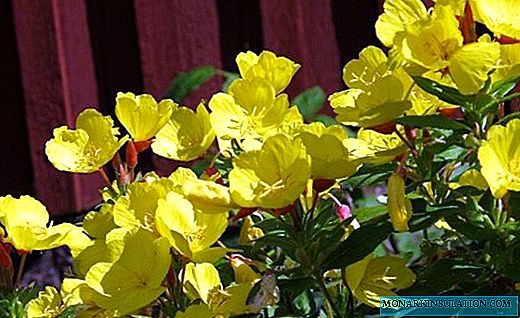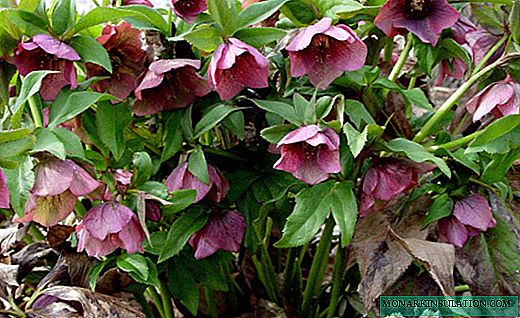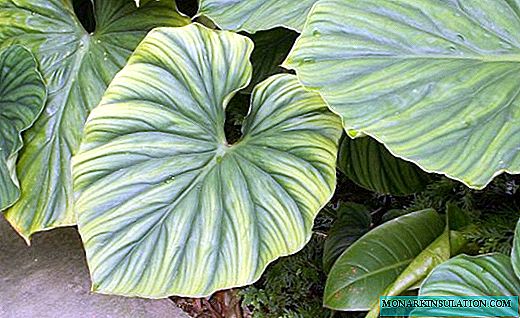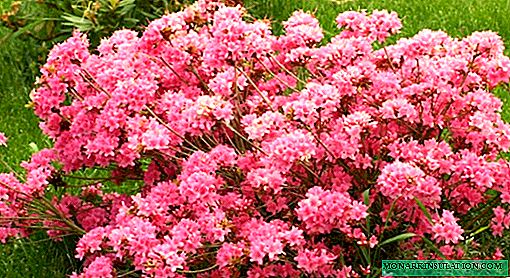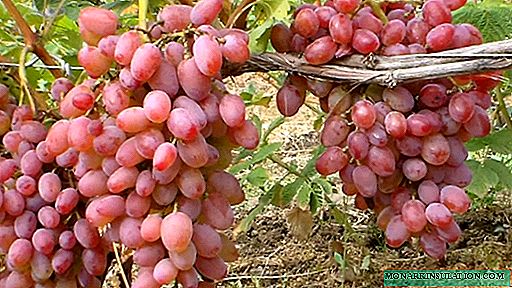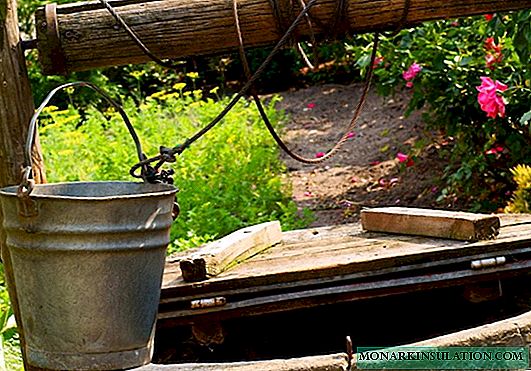
The well in the country is sometimes the only source of drinking water, and I want the water quality in it to be good. Therefore, already at the stage of water search, it is necessary to know at what depths the best aquifers are located. To get to them, you need to explore the entire site and choose the most successful place. Consider how to find water for a well in various ways.
Location of aquifers in the ground
Water in the earth is held thanks to the water-resistant layers, which do not let it to the surface or more deeply. The main component of the layers is clay, which is very resistant to moisture. Sometimes stones are also found. Between the clay layers is a sandy layer that holds clean water. This is the aquifer, which must be reached in the process of digging a well.

Clay layers hold aquifers securely
In some places, the sand vein can be thin, in others - of huge size. The largest volumes of water are obtained in the places of fractures of the water-resistant layer, which is located not strictly horizontally, but with elevations, bends. And where the clay makes a curvature, changes the direction of height, a kind of breaks are obtained, which are filled with wet sand. These places are so saturated with water that they were called "underground lakes."
How does water quality depend on depth?
When digging a well, you can stumble upon an aquifer very quickly - already at 2-2.5 meters from ground level. Drinking water from such aquifers is undesirable. Due to its proximity to the soil surface, rainwater, melting snow, sewer drains, polluting the water and significantly degrading its quality, penetrate the vein from above. For specialists, such surface conductors are indicated by a special term - overhead water. In addition, these layers are quite unstable. If there is heat in the summer and there is no rain, the water from the high-water lakes disappears, which means that it will disappear in the well. So in the most "peak" summer season, summer residents can remain without water, and until the fall.

A lot of dirt and chemistry comes from the surface of the soil
The optimal depth at which to search for water for a well is 15 meters. At this depth, there is a line of continental sand containing very large volumes of water. A significant thickness of the sand layer contributes to the maximum cleaning of the aquifer from all kinds of debris and "chemistry".
Aquifer search by observation methods
To find water, it is not necessary to invite specialists. For many centuries, people in villages have managed on their own, using observations of nature and animals.
Fog observations
In the warm season, early in the morning or in the late afternoon, inspect the site. Where groundwater is close, fog forms near the ground. And by its consistency, you can determine how deep the aquifer is located. The thicker the fog, the closer the water. Fogs caused by rising moisture from the earth do not stand still, but come out in clubs or creep near the soil itself.
The behavior of animals in the heat
Field mice will not make nests on the ground if water is near. They will transfer their housing to tall plants, tree branches.
If the owner has a dog or horse, then in the summer, when there is spec, it is necessary to observe their behavior. Because of thirst, horses begin to search for water in the soil and beat their hoof in the place where the highest level of humidity is. Dogs try to “bring down” their body temperature at least a little, so they dig holes in damp places and take cover in them. Moisture, evaporating, cools the earth, so animals tend to lie down at these points.

Dogs feel near water and dig holes in these places to hide from the heat
Poultry is also a good indicator. The chicken does not rush where it feels the proximity of water, but the goose specifically selects places where aquifers intersect.
By the evening, when the heat subsides, you can observe midges. They begin to pile up and form "columns" above the wettest parts of the site.
Reconnaissance Drilling Method
Assortment of indicator plants on the site
Long since the depth of the aquifer, humans have been informed by plants. Moisturizers will never live in places where groundwater is very deep. But if in the country a coltsfoot, hemlock, sorrel, nettle are rampant, it means that there is enough moisture in the soil.

From the plants growing in the country, you can determine at what depth an aquifer passes
Alder, willow and birch trees grow well on moist soils. If their crown is tilted in one direction - it means that there should look for an aquifer. They will never grow well in places with close groundwater levels of apple, cherry. The fruits will constantly rot, and the tree will hurt.
Practical methods of finding water for a well
In addition to observations, you can use various devices for searches. Consider how to search for water for a well using objects.
Arranging glass jars
In the morning, arrange glass jars over the entire area of the same volume, turning them upside down to the ground. The next morning, check for condensation. The larger it is, the closer the aquifer.
Lay out salt or brick
We expect that rains will not fall a couple of days, and the soil will become dry. We take dry salt or red brick, crushed into small pieces, pour into a clay pot (unglazed). Weigh, record the testimony, wrap everything in gauze or spandex and bury it in the ground for half a meter. After a day, we take out the pot, remove the material and re-weigh it. The greater the difference in mass, the closer the aquifer. By the way, silica gel is also suitable for modern dehumidifiers.
Indication of aluminum or vine frames
1 way:
- We take two pieces of aluminum wire of 40 cm and bend 15 cm at a right angle.
- We insert them into the hollow tube (preferably cut out from elderberry and remove the core).
- Check that the wire rotates freely in the tube.
- We take the pipe in both hands and go along the site. The ends of the wire should be turned left and right. If there is an aquifer under your feet, the wires will converge to the middle. If water is found to the right or left of the person - the ends of the wires will turn in this direction. As soon as the aquifer has passed, the wire will again turn in different directions.
- Having found the place of aluminum closure, go through again, but perpendicular to the direction in which you moved first. If the place of closure is repeated - dig a well there.
2 way:
- We cut a branch from the vine in which there are two forks on one trunk, going at an angle of 150 degrees to each other.
- Bring home and dry.
- We arrive at the cottage, take the ends of the branches in both hands, so that the trunk is in the middle and points up.
- We go around the site. As soon as the trunk leaned to the ground - there you should look for water.

Raised up the trunk of the vine will bend to the ground as soon as he feels close water
Vine and aluminum give a signal that there is water in the ground, but it can be a topwater that is not suitable for a well. Therefore, after finding out places with high humidity, conduct a preliminary drilling to understand at what depth the aquifer is located.

